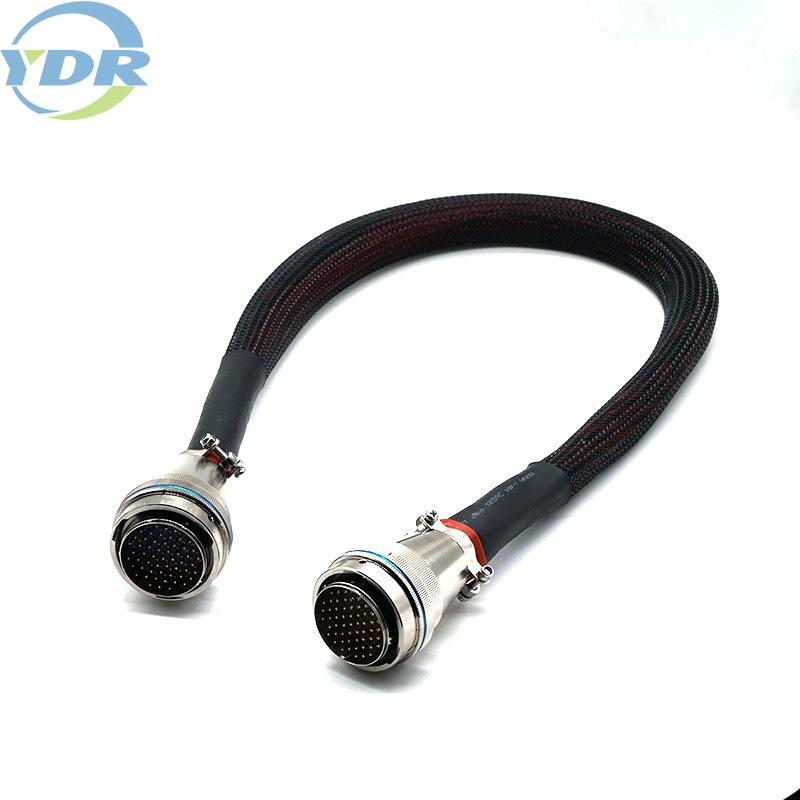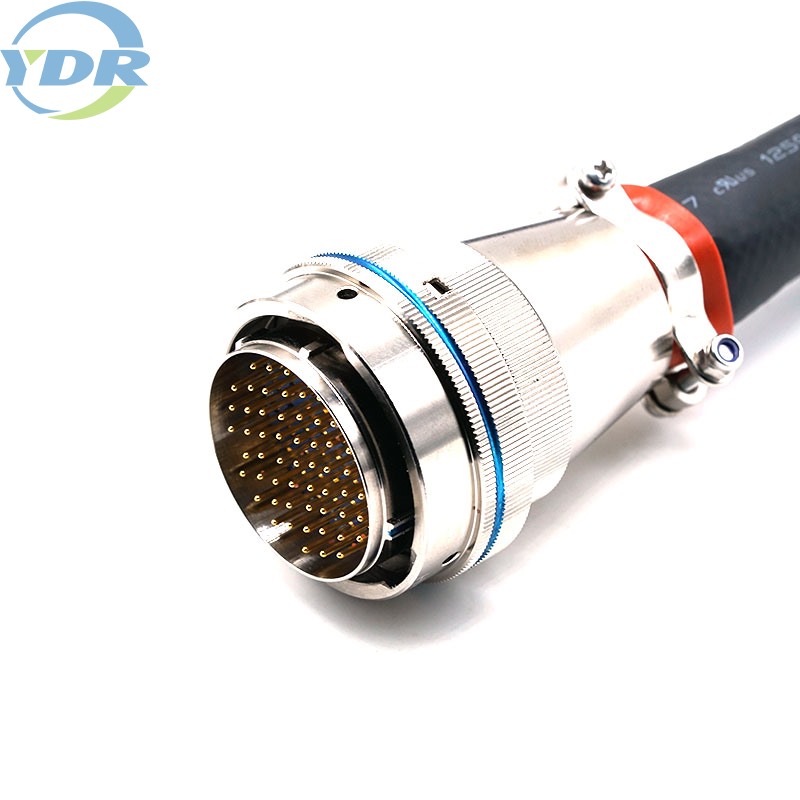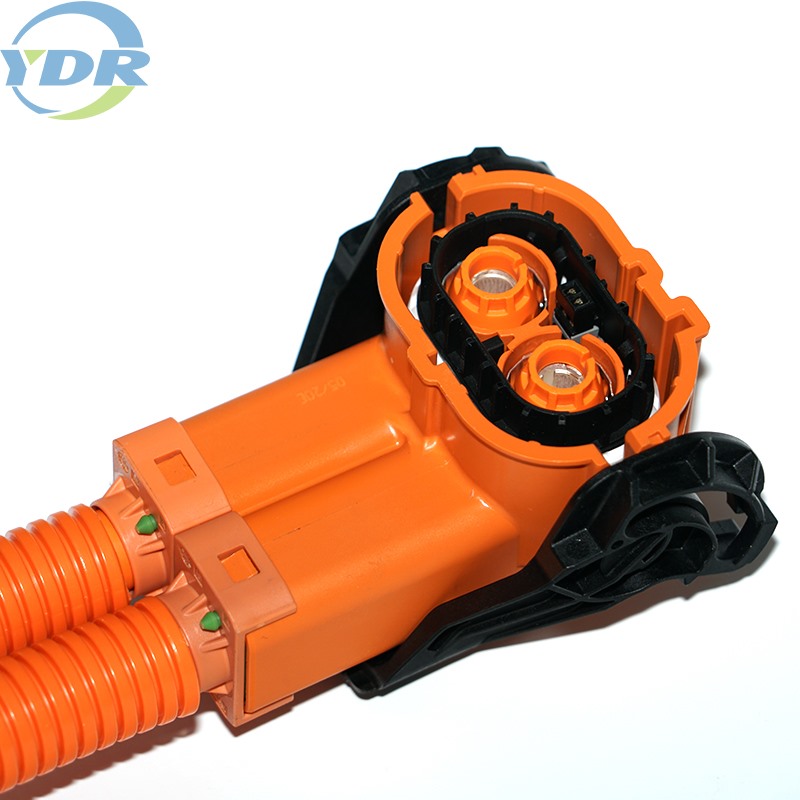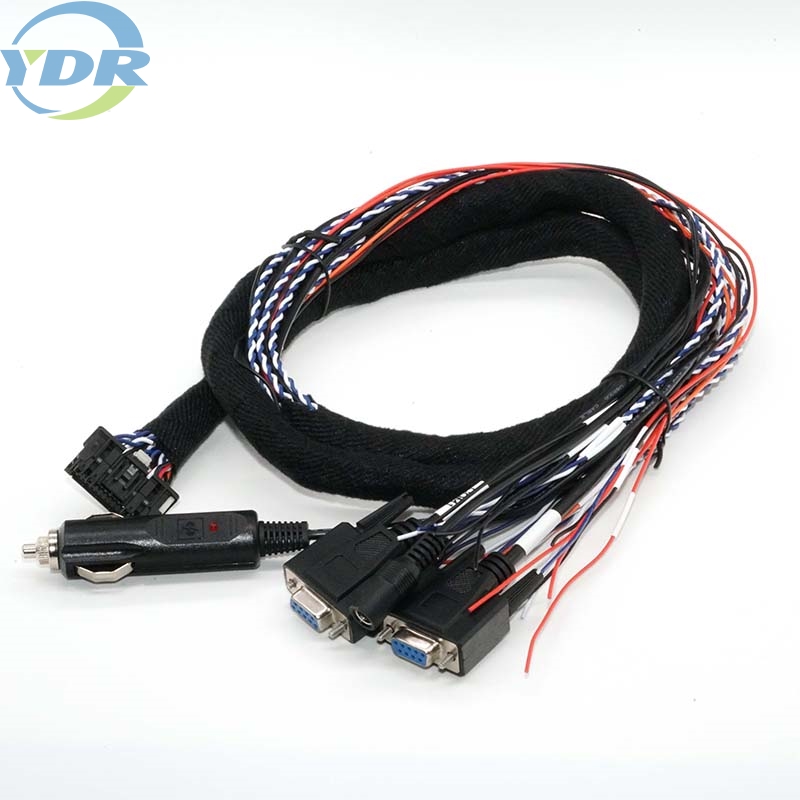A wire connector, also known as a wire nut or twist-on connector, is a device used to join or terminate the ends of electrical wires. The basic design of a wire connector consists of several key parts. While different manufacturers may have variations, the following are the typical components of a wire connector:

The outer shell of the wire connector is usually threaded to allow it to be twisted onto the stripped ends of the wires. This threaded design helps secure the wires and create a stable connection.
Metal Insert (Spring or Coil):
Inside the threaded shell, there is a metal insert, which is often in the form of a coiled spring or other conductor. This metal component helps create electrical continuity between the joined wires.
The inner portion of the wire connector is typically made of insulating material. This material helps prevent contact between the metal insert and the outer shell, ensuring electrical insulation and safety.

Some wire connectors have twist wings or ribs on the outer surface of the shell. These features make it easier for users to grip and twist the connector onto the wires without the need for additional tools.
Many wire connectors are color-coded based on their size or intended use. Color-coding helps users select the appropriate connector for a specific wire gauge and ensures proper matching during installations.
Some wire connectors have markings or indicators that specify the maximum wire gauge they can accommodate. This information is crucial for ensuring a secure and safe connection.
When using wire connectors, it's important to follow the manufacturer's guidelines, including selecting the right size of connector for the wire gauge, properly stripping the wire ends, and ensuring a tight and secure connection. Additionally, local electrical codes and regulations should be followed to ensure safety and compliance with standards.

 English
English  Español
Español  Português
Português  русский
русский  Français
Français  日本語
日本語  Deutsch
Deutsch  tiếng Việt
tiếng Việt  Italiano
Italiano  Nederlands
Nederlands  ภาษาไทย
ภาษาไทย  Polski
Polski  한국어
한국어  Svenska
Svenska  magyar
magyar  Malay
Malay  বাংলা ভাষার
বাংলা ভাষার  Dansk
Dansk  Suomi
Suomi  हिन्दी
हिन्दी  Pilipino
Pilipino  Türkçe
Türkçe  Gaeilge
Gaeilge  العربية
العربية  Indonesia
Indonesia  Norsk
Norsk  تمل
تمل  český
český  ελληνικά
ελληνικά  український
український  Javanese
Javanese  فارسی
فارسی  தமிழ்
தமிழ்  తెలుగు
తెలుగు  नेपाली
नेपाली  Burmese
Burmese  български
български  ລາວ
ລາວ  Latine
Latine  Қазақша
Қазақша  Euskal
Euskal  Azərbaycan
Azərbaycan  Slovenský jazyk
Slovenský jazyk  Македонски
Македонски  Lietuvos
Lietuvos  Eesti Keel
Eesti Keel  Română
Română  Slovenski
Slovenski  मराठी
मराठी  Srpski језик
Srpski језик 







